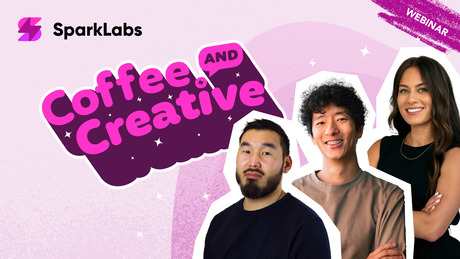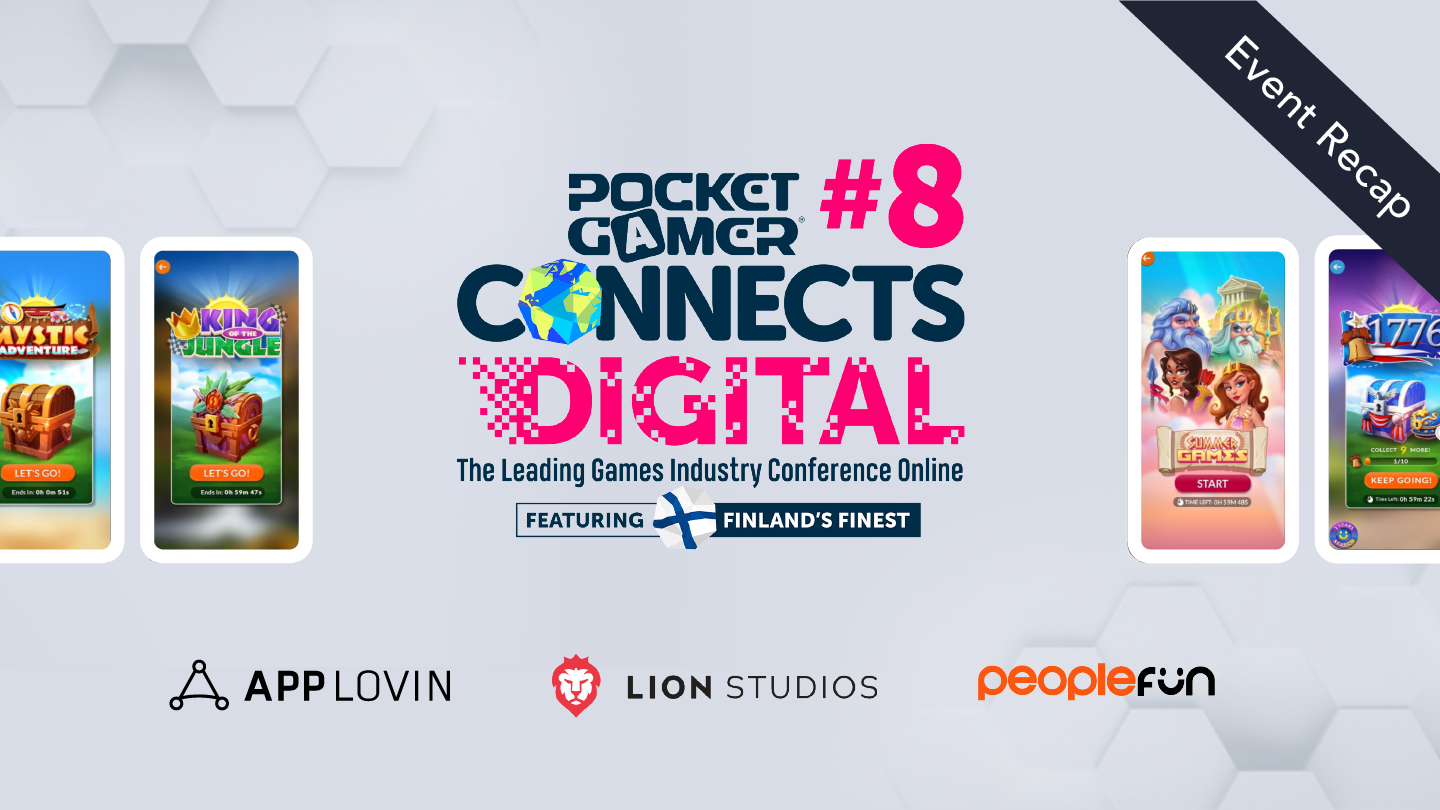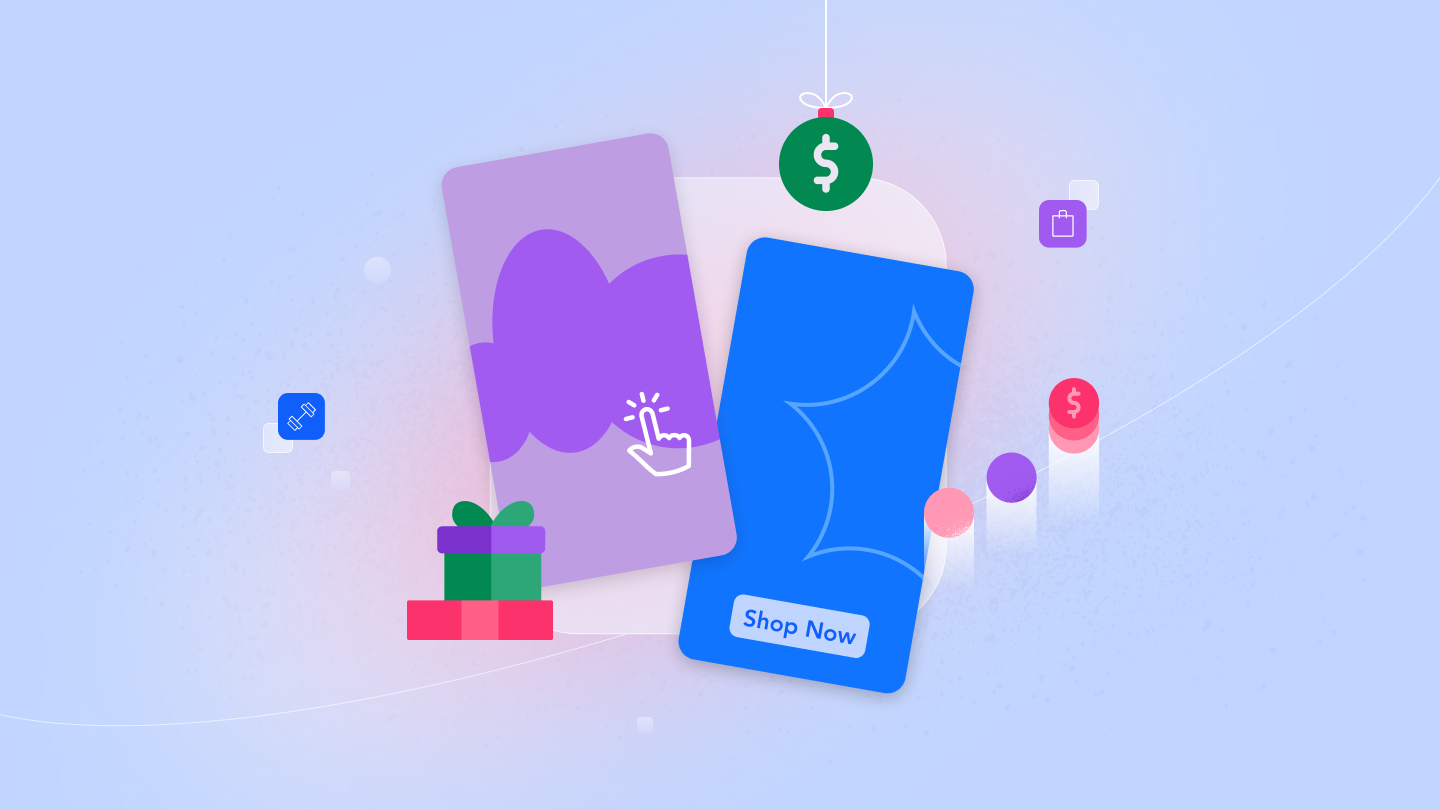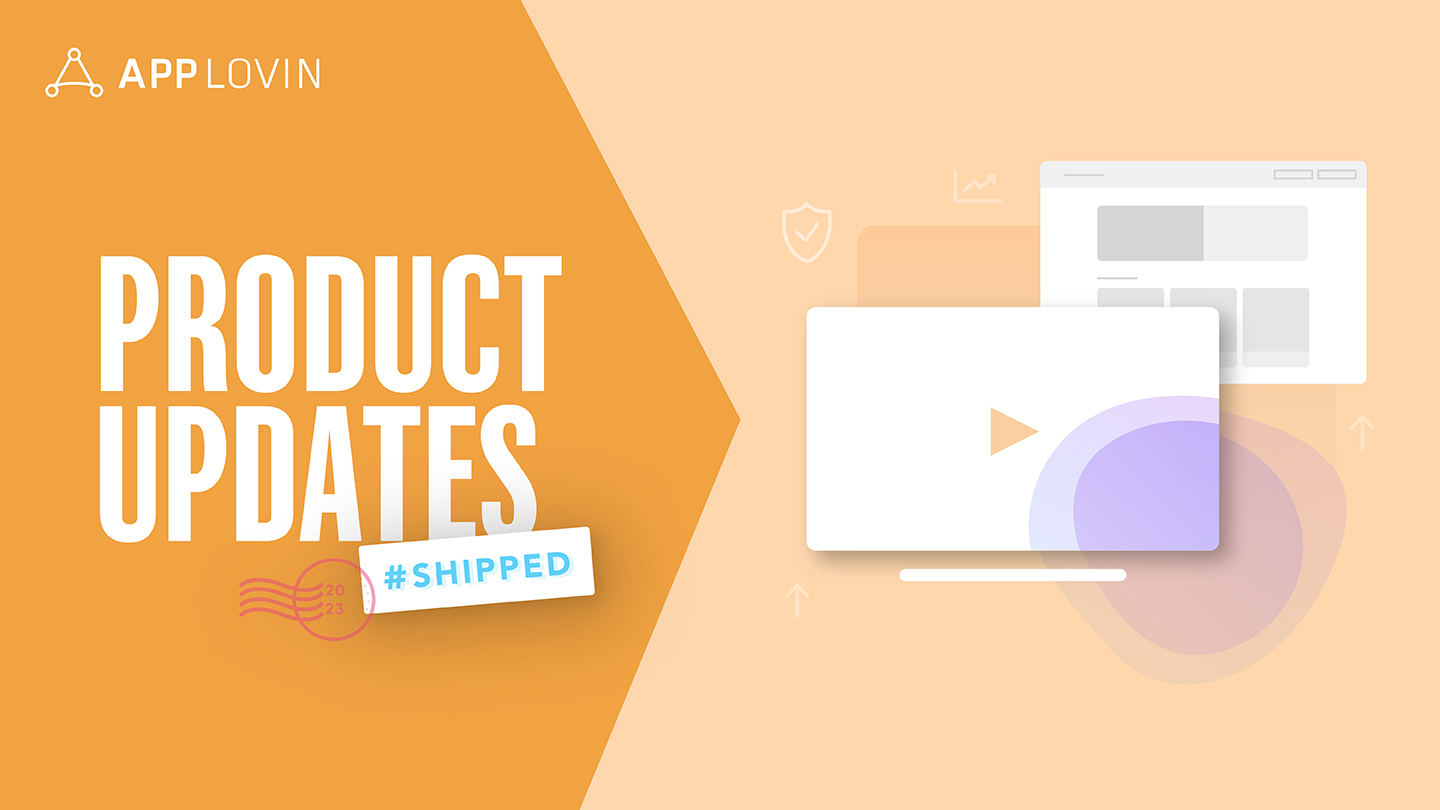Launching is an exciting moment in your journey as a developer, but the hard work has just begun. This is especially true if you’re launching a free-to-play game that’s monetized through in-app advertising and/or in-app purchases. There are a variety of strategies you can test to increase player retention and engagement, and LiveOps events can be particularly effective. However, you’ll need to consistently optimize, adjust, and update your LiveOps strategies to get and stay ahead in this competitive space.
Jason Leary is the lead game designer and product owner for Wordscapes Search at PeopleFun, one of the world’s top developers of casual mobile games. Jason recently participated in PocketGamer Connects Digital #8 to explore the importance of technical modularity and theming for LiveOps events. He shared some insights and best practices for getting the most out of your themed content in order to create a fun and engaging experience for your players.
What are themed LiveOps events?
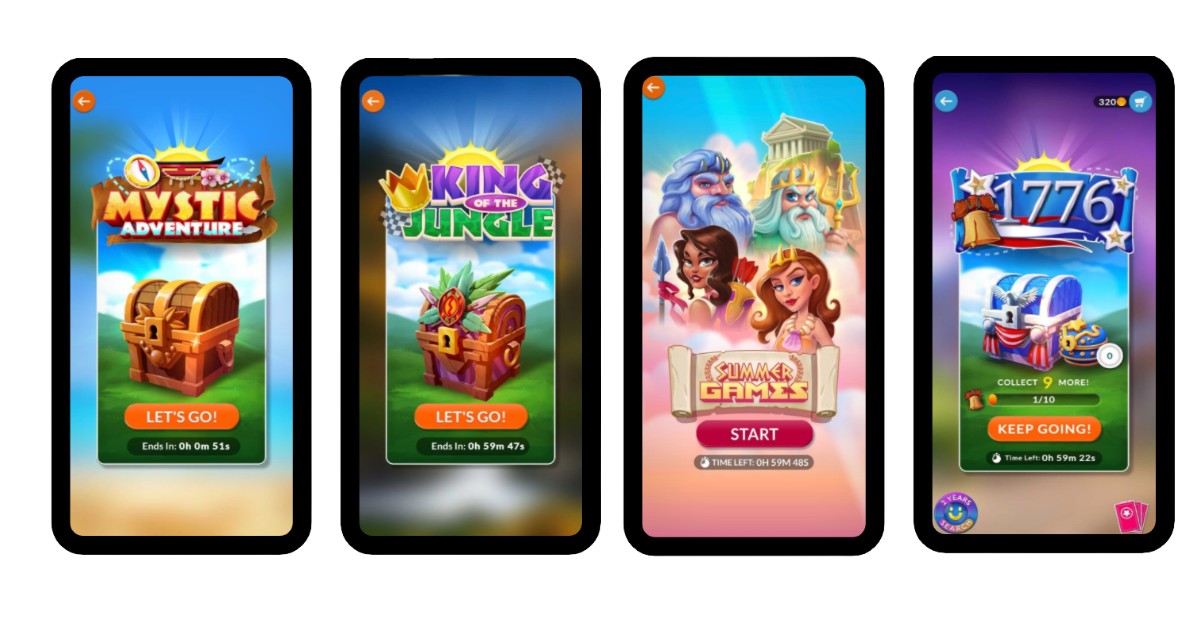
These are the special limited-time events in which players earn vanity collectibles through a simple narrative. “Some past and current events we ran at the initial launch phase include Mystic Adventure, Wildlife Snap, World Tour, and King of the Jungle,” Jason explained. “After that, we did 1776 and Summer games.”
This initial launch yielded:
- 16-21% lift in ad-driven ARPDAU
- 21-25% lift in minutes played per DAU
- 19.7% lift in second week ad ARPDAU (Top Variant)
- 20-60.9% lift in missions started on event days in second week
What are the benefits and risks of LiveOps events?
LiveOps events are a great way to boost engagement and retention. Apart from adding visual variety and seasonality to gameplay, there are valuable player benefits like limited-availability collectibles and unique themes. These make playing the game even more fun and exciting — and they create a sense of urgency that drives users back to the app to snag a coveted sticker or frame to complete their set.
Developers may approach LiveOps cautiously because it’s viewed as a substantial investment. What it really boils down to is creating a series of events to support new collectibles — and with proper planning and architecting, these costs can be minimized through technical modularity.
Challenges vs. solution
Jason examined some of the challenges facing Wordscapes Search and identified the issues they needed to address. These included:
- Boosting engagement on non-tournament days
- Allowing for parallel development with other features
- Reducing development time between releases
To solve these, he wanted to design a modularity system for supporting themed LiveOps events.
What are the goals for themed events?
Jason zeroed in several goals for his team to work on to create successful themed events:
- Building player engagement between weekend tournaments
- Bringing purpose and fun to “game mode” gameplay
- Creating a framework that can be used for easy development of future events
- Providing themed “meta” through background clues and environmental storytelling
- Aiming to tie themes into gameplay whenever possible.
What elements should a successful LiveOps event include?
Successful events usually focus on consistency first, Jason learned, because players need to know what to expect from an event. Weave special event-related features organically into core gameplay, but always ensure the experience is familiar so users can navigate comfortably.
They always offer exclusive event-specific rewards and content. The content may change from game to game, such as “limited edition” profile images or decorated spaces, but the important thing is all of these include special theming tied to the event.
What are the benefits of modularity?
Consistency: While LiveOps events shouldn’t be identical, they should include similar features. This way, the audience knows what to expect and the dev team has a better idea and clearer vision of what they are creating.
Reskins: Following that theme of consistency, reskins allow development to be incredibly nimble with just a three-person team (designer, engineer, and artist). Following this path, Jason’s team was able to build 1776 in just three weeks. They built Summer Games in four weeks. This also enabled parallel development with other roadmap features as the LiveOps events were deployed.
How do we handle modularity at PeopleFun?
“The first thing is to outline the key components of your event,” Jason advised. “In our case, our key components are the event button, announcement, upsell, lobby, background, gameplay, and audio — some of which you’ll see below. After that, you’ll want to break down each component into its customizable pieces. This way, you identify exactly what it is about each component that you’re going to be reskinning for the event.”
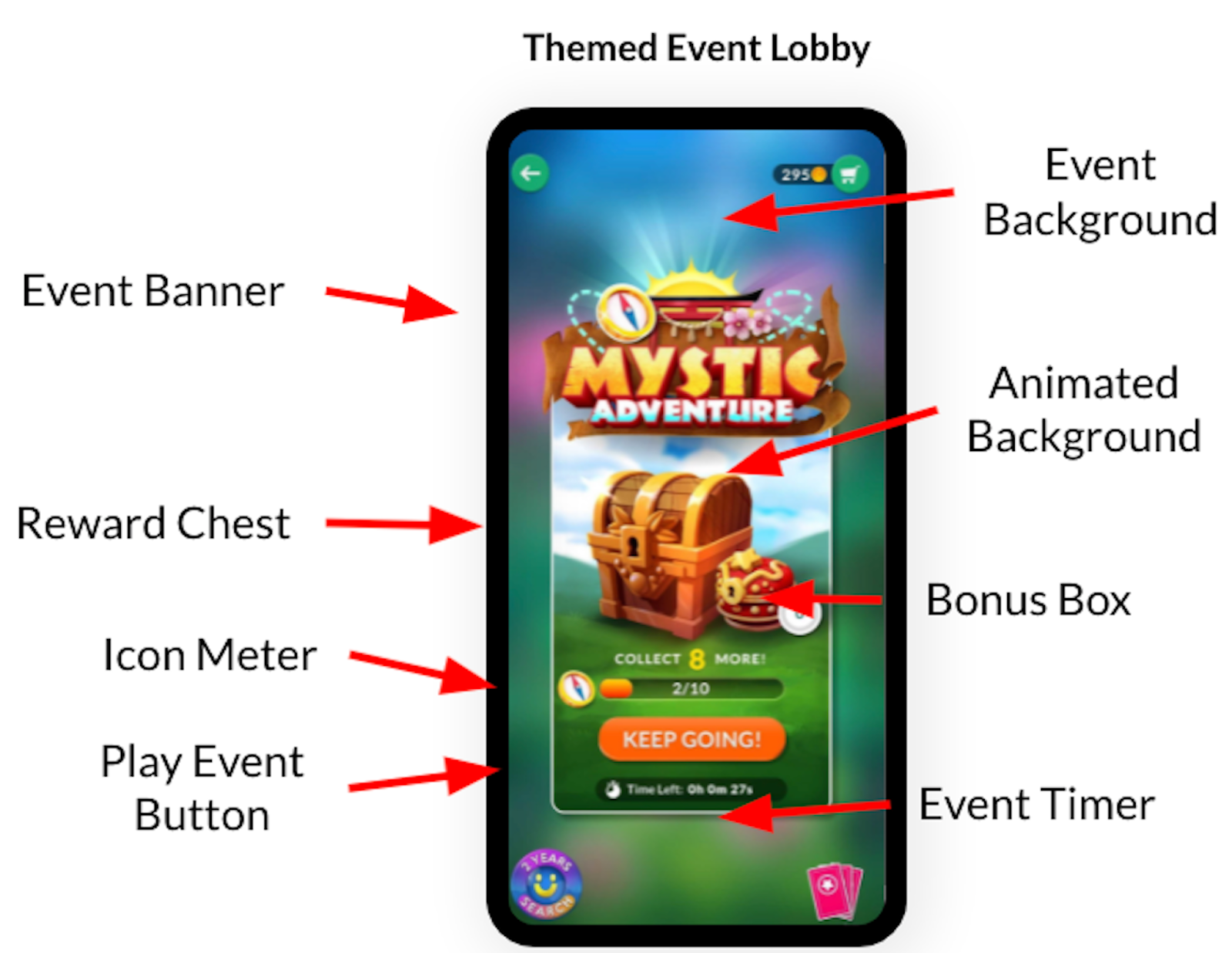
How can you apply this to your game?
Many games can take advantage of LiveOps events to drive excitement and engagement. Here are three high-level steps you can take to decide if they can work for you:
- First, you want to identify your challenges and establish your goals. Both are going to be unique to individual players and each individual game.
- Next, take the time to research and see what other games in your space are doing. If you decide to move forward, plan to build for technical modularity. This will help keep things moving very quickly.
- Last, but not least, focus carefully on the details for storytelling. Tie your theme to gameplay whenever possible. Attention to detail will make all the difference in your users’ enjoyment of the event.
There was a lot of great information in this educational session, and this is just a snapshot. If you want to know how exactly PeopleFun achieved their goal and how you can follow in their footsteps, don’t miss the session recording HERE. It includes some great examples with step-by-step instructions to help you improve your LiveOps performance.
In addition, if you are interested in learning Jason’s thoughts on the past year in gaming and the major trends he sees on the horizon, be sure to check out his recent interview with PocketGamer.biz.

